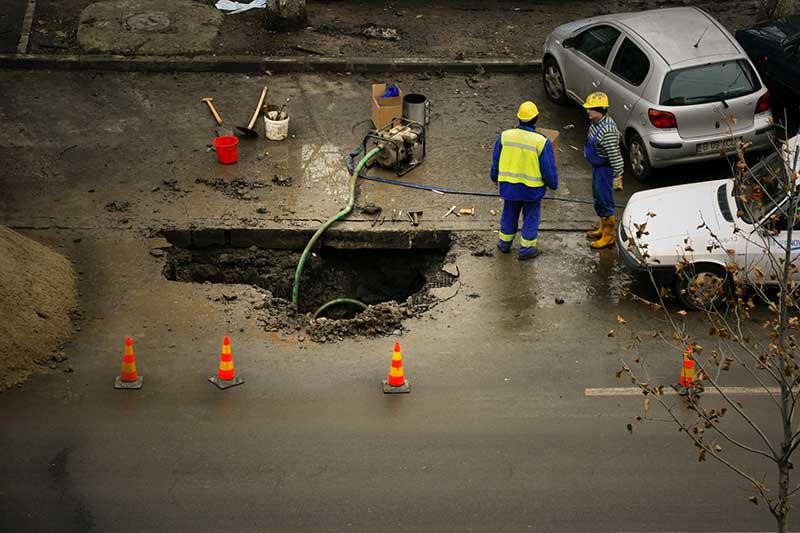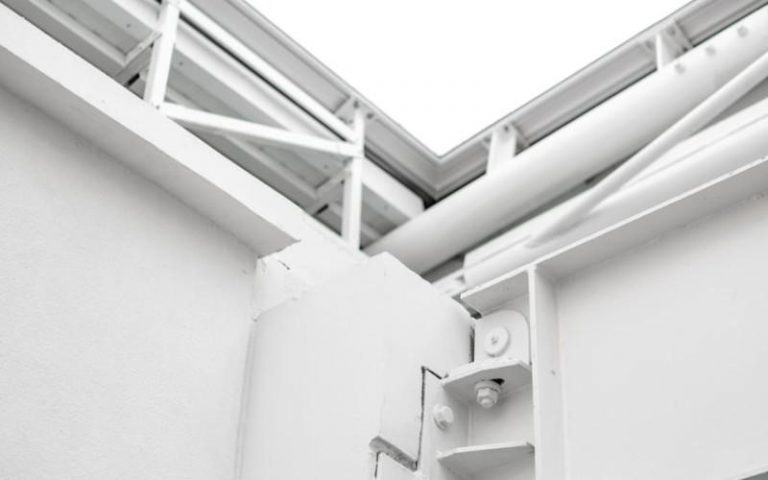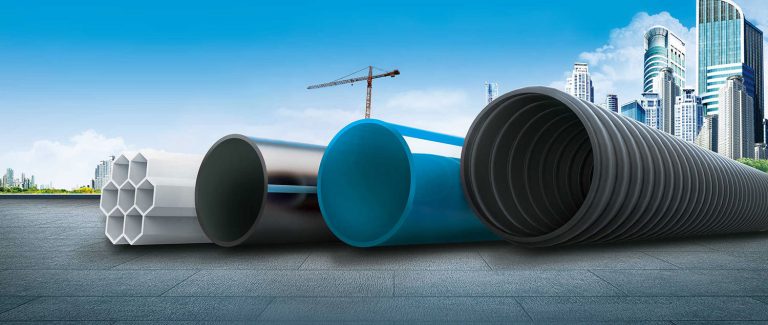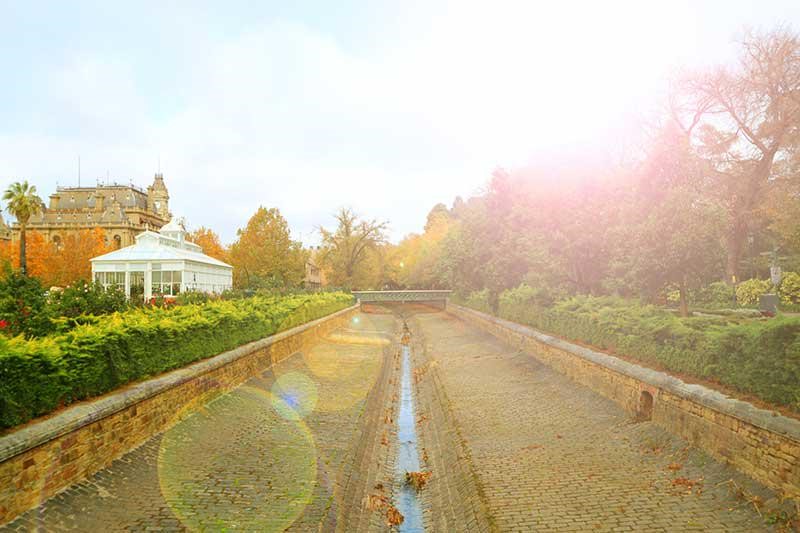Table of Contents
One of the most useful types of stormwater pips is siphonic drainage system, which will offer a durable solution and better efficiency compared to the traditional drainage systems. Read and learn more about advantages of siphonic drainage system and tips for choosing pipes.
Differences Between Sanitary & Storm Sewers
You might not find much difference in the look since both are pipes and come with a similar look. However, both of these have some distinct features. When a stormwater sewer can carry melting snow or rainwater, the sanitary sewer carries water from underground pipes and sends it to water treatment plants.
You can find stormwater sewers in roadside curbs, basement floors, or alleys. They mostly carry melted snow and rainwater through underground systems that end up in creeks, rivers, or even the ocean. Stormwater sewage carries untreated water. However, sanitary sewers will not handle untreated or rainwater.
The sanitary sewer will be connected to kitchens, sinks, bathrooms, and your plumbing services. The sanitary sewer water is treated water and meets some safety standards to ensure safe usages.
What Type of Pipe Is Used for Stormwater?
A stormwater pipe needs to be strong enough to carry untreated and snow-melted water. Also, different types of materials that include concrete, brick, or galvanized steel are used to make stormwater pipes.
These pipes drain excess water from impervious surfaces into the nearby waterways. As different types of materials are used, users can choose the one based on their needs. When it comes to the most popular materials, you can consider reinforced concrete pipe, PVC, HDPP, and HDPE. The material will decide the usability and durability of your drainage pipes.
In addition to the conventional drainage systems, some advanced designs are available. We can take the example of the siphonic roof drainage system. The siphonic roof drain system will efficiently drain the rainwater from your roof. Also, it will offer a durable solution and better efficiency compared to the traditional drainage systems.


We can say that a siphon system is the best alternative to the conventional types of drainage systems. These systems work by following siphoning or suction principles. In a traditional drainage system, it allows air and water to enter the outlets. After this, the water moves into vertical downpipes. Also, all the pipes are not considered the best for water flow. As a result, the water flow will be less. Also, the efficiency will be less. However, you can expect an exception with the siphonic rainwater drainage system.
In siphonic roof drain systems, you will find baffle plates in roof outlets’ mouths. Those plates will prevent air from entering your pipes. As a result, only water will enter the drainage pipe. But the traditional outlets fill with both water and air. Therefore, the drainage system cannot work more efficiently.
In a siphonic rainwater drainage system, the pipe will be filled with water only, and the column of water in vertical pipes will fall and form negative pressure in horizontal pipes. Ultimately, that will create a state of the suction. As a result, you can expect rapid water flow. It will increase the velocity of water flow as well. The baffle plates will also prevent vortices formation in your drainage outlets.
In rainwater drainage systems, there is a horizontal section of pipe that connects outlets of many roofs. However, in a siphonic roof drainage system, the drainage pipe will not need a gradient to improve the water flow. In these systems, the suction inside the pipe will manage the water flow and ensure fast flow.
Also, you can install the horizontal section close to your roof. By installing near the roof, you can save space and make your building look more appealing. Also, you can install the vertical down pipe in your convenient location without spending on expensive underground drains. In brief, you can get better water flow and improved drainage at a competitive price.
Also, siphon systems use decreased pipe diameters in comparison to the traditional drainage systems. Smaller diameters will help with full bore flow. That is required to get the suction state and boost the flow.
Advantages of Siphonic Rainwater Drainage System
The prime benefit of the siphonic roof drainage system is increased water flow and easy and hassle-free installations in your convenient places. In addition to these, you can consider the following benefits.
- These systems will require a smaller pipe diameter, fewer downpipes, a few roof outlets, and short pipes. All these will demand less space for the installation. More importantly, you will have to spend less on the pipe and system installation.
- The pipes will be filled with water without any presence of air. That will increase the speed and efficiency of the water flow.
- There is no need for the gradient to boost the water flow.
- Improved and quality bracketing systems can withstand high temperatures and other adverse conditions.
- Less rainwater head will help with flexible and better water distribution.
- Provides easy installation and prevents a lot of digging and other complex installation requirements.
- With this system, you do not need to bury the horizontal pipe deep. That will save the pipe and installation hassles.
- These systems will offer proper and efficient water flow to ensure fast, safe, and efficient water drainage.
- The slope is not needed for horizontal pipe installation. That makes it a convenient option for all types of roofs.
- The system comes with a self-cleaning ability and can clean any unnecessary stuff to prevent clogging and improve water flow.


How to Choose Pipe for Siphonic Rainwater Drainage System?
You will find different types of siphonic rainwater drainage systems. You can choose the one based on your drainage needs. If you are looking for a quality product and durable result, you can consider buying LESSO’s siphonic rainwater drainage system pipes. These systems will take the rainwater heads and absorb the rainwater and ensure full water flow in the drainage pipe.
The objective of LESSO systems is to bring negative pressure for better water flow and drain the water from your roof more efficiently and fast. Also, the installation will be less time-consuming and hassle-free. The horizontal pipe will save space and save you in the installation costs as well. You can check the product features and benefits, and then you can consider using them for your roof water drainage system to ensure proper drainage and prevent any water issues.
Recommend Reading


How to Maintain Commercial Plumbing System?
Table of Contents Plumbing problems are an inevitable part of our life, especially for house owners. Wear and tear, fixtures aging, and poor maintenance are


6 Things You Should Know About Drainage & Sewerage Pipes
There are many parts of the construction industry that are difficult to understand, but the differences and uses of drainage and sewer pipe are not too complicated








